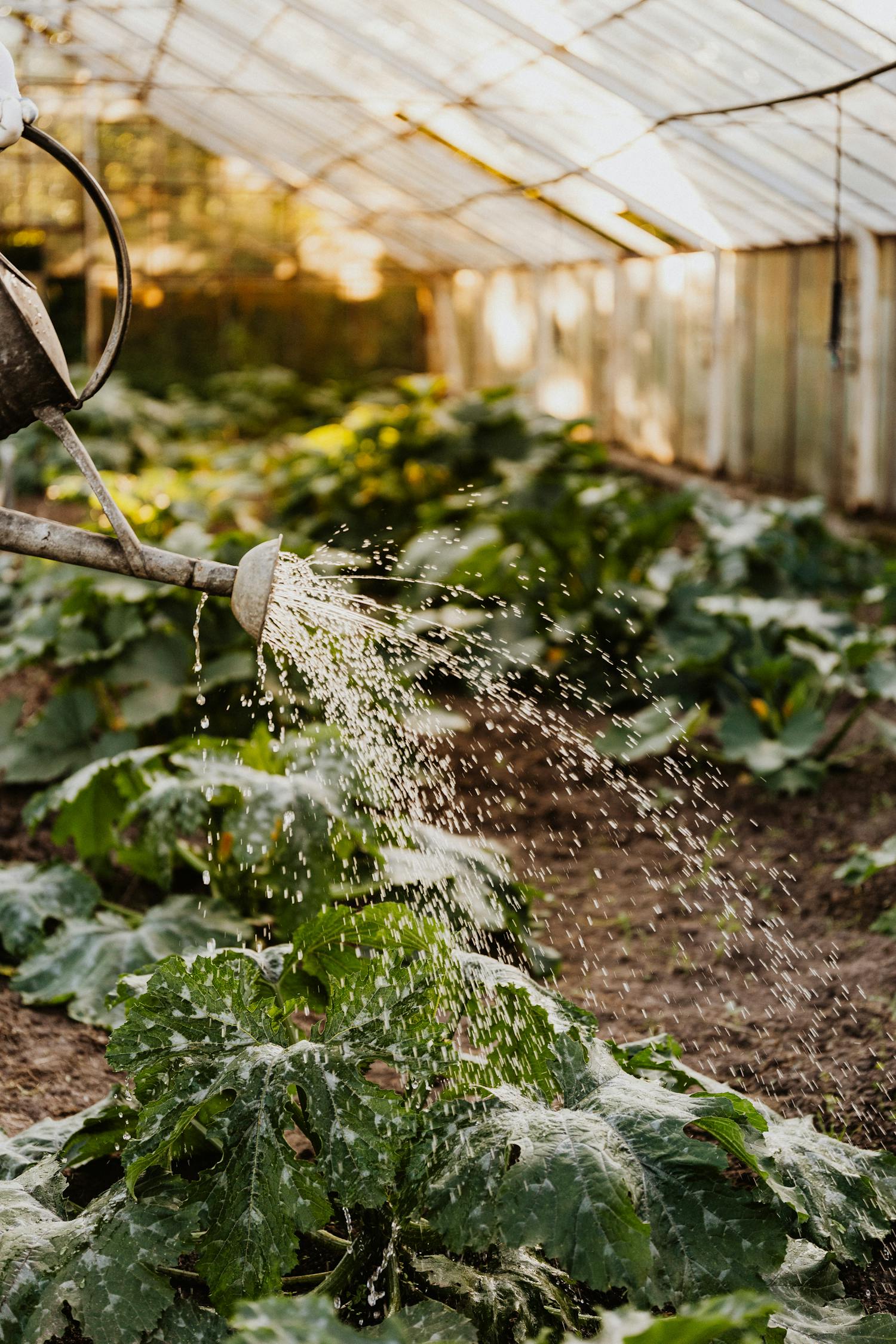Optimize Plant Health, Watering Schedules

Optimize Plant Health: Mastering Watering Schedules for Different Plants
Plants are like people—they need water to survive and thrive. But just like people, different plants have different hydration needs. Understanding watering schedules for different plants is crucial for maintaining a lush and vibrant garden. Let's dive into the world of plant watering and explore how to keep your green friends happy and healthy.
The Importance of Proper Plant Hydration
Water is the lifeblood of plants. It helps them transport nutrients, maintain their structure, and carry out photosynthesis. Too little water, and your plants will wilt and dry out. Too much, and they'll drown, literally. Finding that sweet spot is what garden maintenance is all about.
Understanding Different Plant Needs
Not all plants are created equal when it comes to water. Some, like succulents, are drought-resistant and can go weeks without a drink. Others, like ferns, need constant moisture. Here's a quick rundown:
Thirsty Plants
These are the plants that need frequent watering. Think tropical plants, ferns, and many flowering plants. They typically need watering every 1-3 days, depending on the weather and soil conditions.
Moderately Thirsty Plants
Most common garden plants fall into this category. They need watering about once a week. This includes many vegetables, perennials, and shrubs.
Drought-Resistant Plants
These are the low-maintenance heroes of the plant world. Succulents, cacti, and many Mediterranean plants can go weeks without water.
Factors Affecting Watering Frequency
It's not just about the plant type. Other factors play a role in watering frequency:
Soil Type
Sandy soil drains quickly, so you'll need to water more often. Clay soil retains water, so you can water less frequently.
Weather Conditions
Hot, dry weather means more frequent watering. Cool, rainy weather means you can ease up on the watering can.
Plant Size and Age
Larger plants need more water. Young plants need more frequent watering until their root systems are established.
Watering Techniques for Optimal Plant Health
How you water is just as important as how often you water. Here are some tips:
Deep Watering
This technique involves watering your plants thoroughly, allowing water to penetrate deep into the soil. This encourages root growth and helps plants become more drought-resistant.
Mulching
Adding a layer of organic material around your plants can help retain moisture, reduce evaporation, and regulate soil temperature.
Drip Irrigation
This system delivers water directly to the plant's roots, reducing waste and ensuring your plants get the hydration they need.
Common Watering Mistakes to Avoid
Even the most well-intentioned gardeners can make mistakes. Here are a few to watch out for:
Overwatering
This is a common mistake, especially among new gardeners. Remember, too much water can drown your plants.
Shallow Watering
Watering too lightly can encourage shallow root growth, making your plants more susceptible to drought.
Inconsistent Watering
Plants thrive on consistency. Try to water your plants at the same time each day or week.
Creating a Watering Schedule
So, how do you create a watering schedule for different plants? Start by grouping your plants according to their water needs. Then, set a schedule based on the factors we discussed earlier.
Daily Watering
This is usually only necessary for seedlings, very thirsty plants, or plants in extremely hot, dry conditions.
Weekly Watering
Most common garden plants fall into this category. Water them deeply once a week.
Bi-Weekly or Monthly Watering
This is for your drought-resistant plants. They can go longer between waterings.
Tools to Help with Plant Watering
There are plenty of tools to help you with your plant watering. Moisture meters can tell you when your plants need water. Automatic irrigation systems can do the watering for you. Even something as simple as a rain gauge can help you keep track of how much water your garden is getting.
Expert Tips for Garden Maintenance
Here are a few expert tips to help you with your garden maintenance:
Check the Soil
Stick your finger about an inch into the soil. If it feels dry, it's time to water.
Water in the Morning
This gives your plants time to absorb the water before the heat of the day. It also helps prevent fungal diseases.
Use the Right Water
Rainwater is best, but tap water is usually fine. Just be aware that some plants are sensitive to the chemicals in tap water.
For more expert tips, check out this guide on watering plants.
Conclusion
Mastering watering schedules for different plants is a key part of garden maintenance. It's not just about keeping your plants alive—it's about helping them thrive. With a little knowledge and a lot of love, you can create a garden that's the envy of the neighborhood.
FAQs
How often should I water my plants?
It depends on the plant type, soil conditions, and weather. Most common garden plants need watering about once a week.
Is it better to water plants in the morning or evening?
Morning is generally best. It gives your plants time to absorb the water before the heat of the day.
How can I tell if my plants need water?
Check the soil. If it feels dry about an inch down, it's time to water.
Can I use tap water for my plants?
Yes, tap water is usually fine. But some plants are sensitive to the chemicals in tap water.
What is deep watering?
Deep watering involves watering your plants thoroughly, allowing water to penetrate deep into the soil. This encourages root growth and helps plants become more drought-resistant.
0 Response to " Optimize Plant Health, Watering Schedules"
Post a Comment